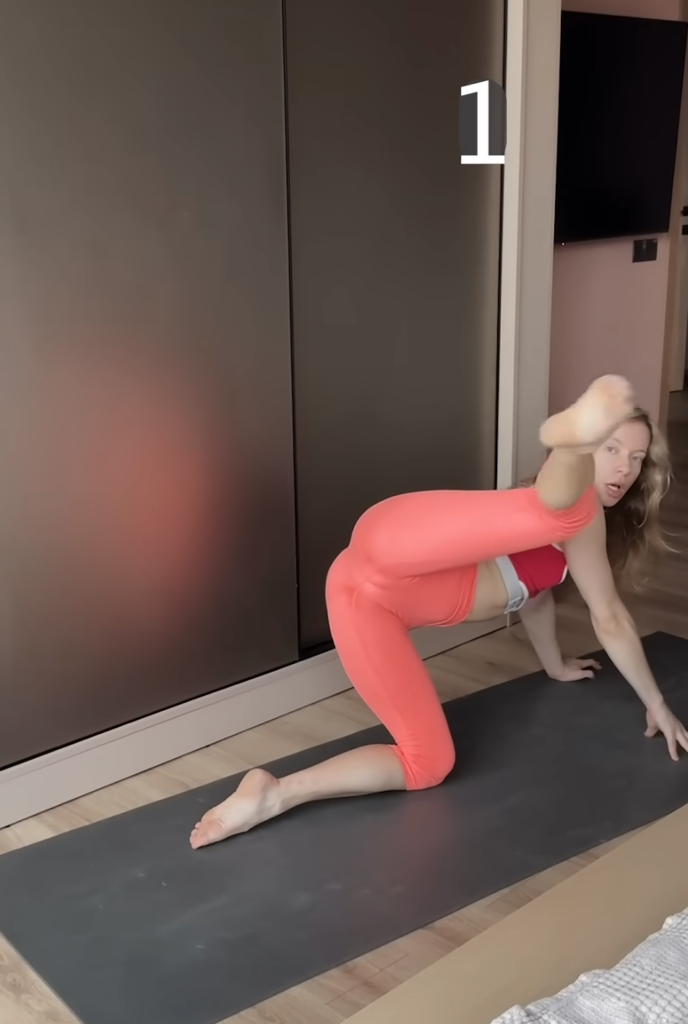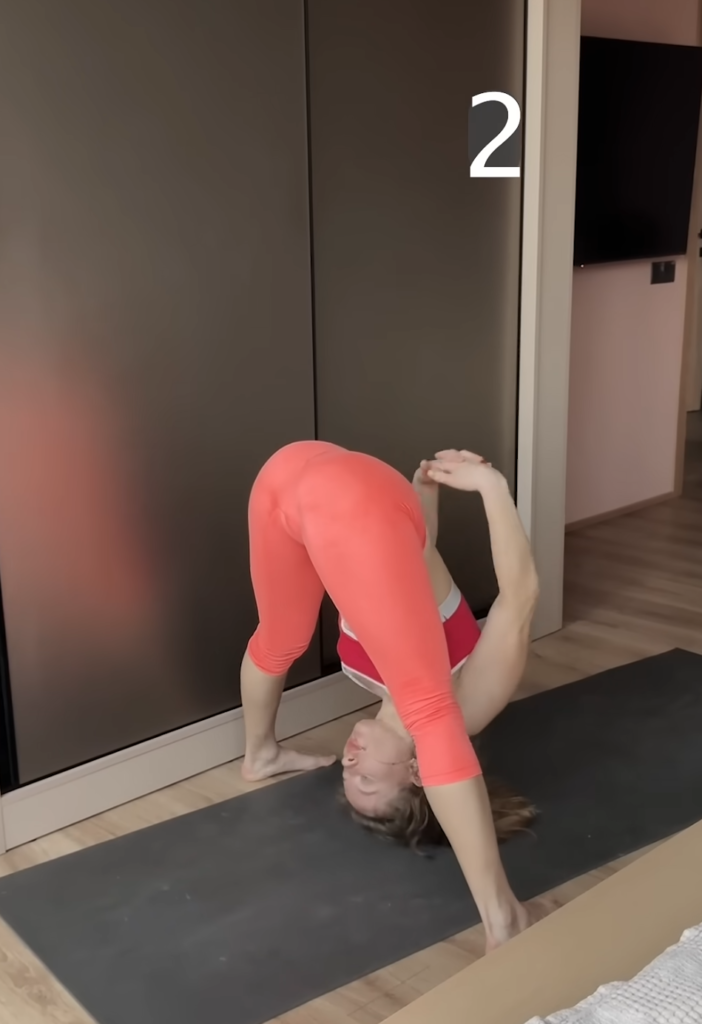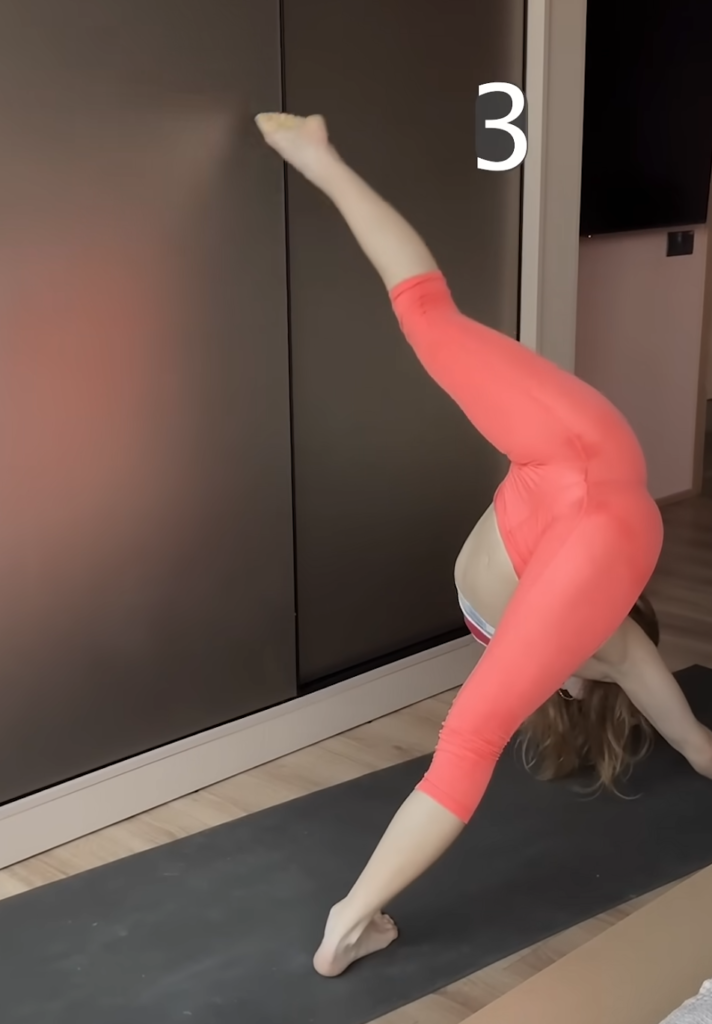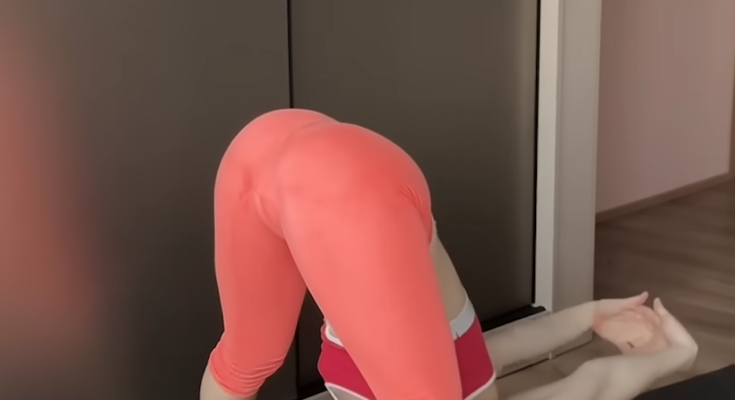Visualization is a powerful mental tool that can enhance your fitness, yoga, stretching, and flexibility training. By mentally picturing movements, muscle engagement, and desired outcomes, you can improve performance, increase motivation, and deepen your mind-body connection. Whether you are an athlete, a yogi, or someone looking to increase flexibility, visualization techniques can help you achieve your goals. In this article, we will explore how to use visualization in your practice effectively.

Understanding Visualization in Fitness and Yoga
Visualization, also known as mental imagery, involves creating vivid mental pictures of yourself performing exercises or achieving specific goals. This technique is widely used in sports psychology, rehabilitation, and holistic wellness to enhance physical and mental performance. When you imagine yourself successfully performing a movement, your brain activates the same neural pathways as it would during actual movement. This strengthens the mind-muscle connection and improves execution when you physically perform the action.

Benefits of Visualization in Your Practice
1. Enhanced Muscle Activation
Visualization can help activate specific muscle groups even before movement occurs. Studies have shown that mentally rehearsing exercises can improve strength and performance by engaging the same neural circuits that control movement.

2. Improved Flexibility and Range of Motion
By mentally picturing yourself stretching deeper into a pose or achieving a wider range of motion, you encourage your body to relax and release tension. This is particularly useful in yoga and stretching routines.

3. Increased Motivation and Confidence
Seeing yourself successfully executing a challenging pose or movement in your mind can boost your self-confidence and motivation. It reinforces a positive mindset, making it easier to stay committed to your fitness goals.
4. Reduced Performance Anxiety
Visualization helps athletes and yogis overcome fear and anxiety associated with difficult poses or movements. By mentally rehearsing success, you create a sense of familiarity and preparedness, reducing stress and enhancing performance.
5. Faster Recovery and Injury Prevention
Mental imagery can aid in rehabilitation by keeping neural connections active, even when physical movement is limited. Additionally, visualizing proper form and technique can prevent injuries by promoting correct body alignment and movement patterns.

How to Incorporate Visualization Techniques into Your Practice
1. Set Clear Goals
Before you begin visualization, define your goals. Are you working on mastering a challenging yoga pose, increasing flexibility, or improving strength? Having a clear objective will make your visualization practice more effective.

2. Find a Quiet Space
Visualization requires focus, so choose a quiet environment where you can concentrate without distractions. Close your eyes and take deep breaths to center yourself before beginning the practice.
3. Use All Your Senses
Engage all your senses while visualizing. Imagine how the movement feels in your body, the texture of the mat beneath you, the sound of your breath, and even the scent of the room. The more detailed your visualization, the more effective it becomes.

4. See Yourself Succeeding
Visualize yourself performing the movement perfectly. If you are working on a deep stretch, picture your muscles elongating with ease and your body relaxing into the position. If you are practicing a balance pose, imagine yourself stable and strong.
5. Pair Visualization with Physical Practice
Combine mental rehearsal with actual movement. Before attempting a pose or exercise, spend a few moments visualizing it. This primes your muscles and nervous system, making execution smoother and more efficient.
6. Practice Regularly
Like any skill, visualization improves with practice. Incorporate it into your daily routine, whether before a workout, during meditation, or even before bed. The more frequently you use this technique, the more natural it becomes.
7. Use Guided Imagery or Scripts
If you find it challenging to visualize on your own, try guided imagery exercises. Many meditation apps and yoga instructors offer guided visualization scripts to help you deepen your practice.
8. Connect Emotionally with Your Visualization
Emotions play a significant role in the effectiveness of visualization. Feel the excitement, determination, and joy of achieving your goal. The stronger your emotional connection to the image, the more powerful the impact.
Visualization Techniques for Specific Fitness Practices
For Yoga Practitioners
- Before Class: Visualize yourself moving through the sequence with ease and grace.
- During Practice: Picture your breath guiding each movement, allowing your body to flow naturally.
- In Meditation: Use visualization to deepen relaxation, such as imagining a warm light spreading through your body.
For Stretching and Flexibility Training
- Before Stretching: Picture your muscles relaxing and lengthening effortlessly.
- During the Stretch: Visualize yourself sinking deeper into the position while maintaining comfort and control.
- After Stretching: Imagine your body feeling more open, light, and flexible.
For Strength Training and Fitness Workouts
- Before Lifting Weights: Mentally rehearse your form and visualize yourself completing each rep with perfect technique.
- During the Exercise: Focus on the muscles engaging and contracting as you move.
- Post-Workout: Visualize your body growing stronger and recovering efficiently.
Common Challenges and How to Overcome Them
Difficulty Creating Vivid Images
If you struggle to visualize, start with simple images and gradually add details. Practice by focusing on everyday objects before moving on to complex movements.
Lack of Focus
It’s natural for the mind to wander. If this happens, gently bring your focus back to your visualization. Practicing mindfulness can improve your ability to concentrate.
Doubts or Negative Thoughts
If self-doubt arises, acknowledge it and replace it with positive affirmations. Remind yourself that visualization is a tool to help you grow and succeed.
Impatience for Results
Visualization takes time to show results. Trust the process and be consistent in your practice. Over time, you will notice improvements in your performance and mindset.
Conclusion
Visualization is a valuable technique that enhances fitness, yoga, stretching, and flexibility practices. By mentally rehearsing movements, engaging your senses, and connecting emotionally to your goals, you can improve performance, increase motivation, and deepen your mind-body connection. Start incorporating visualization into your practice today, and experience its transformative effects on your fitness journey.



